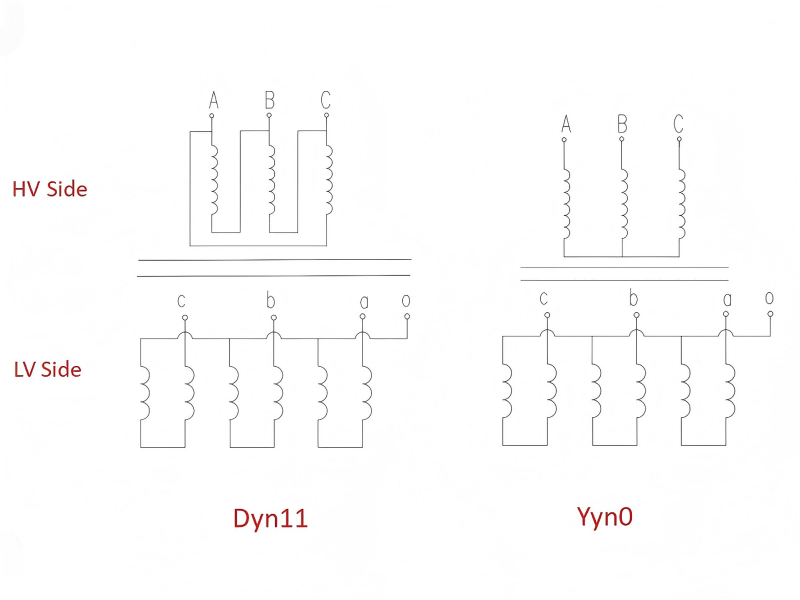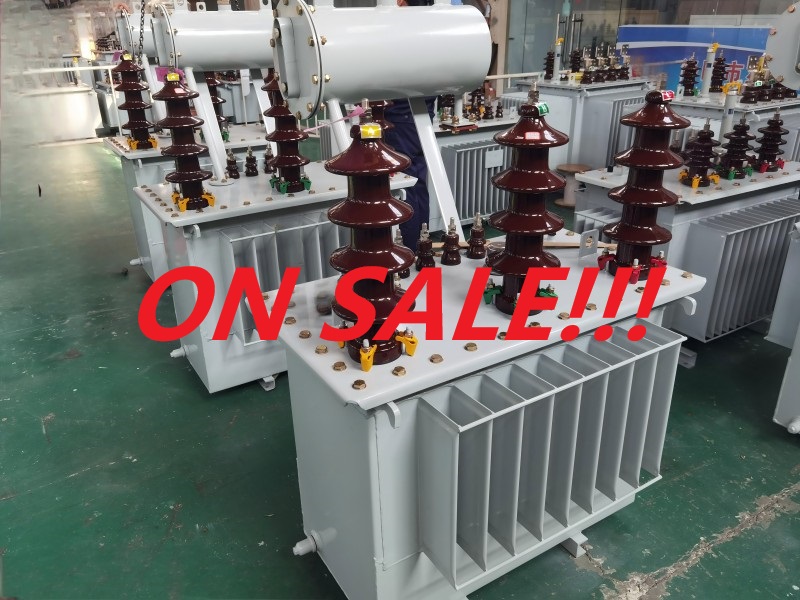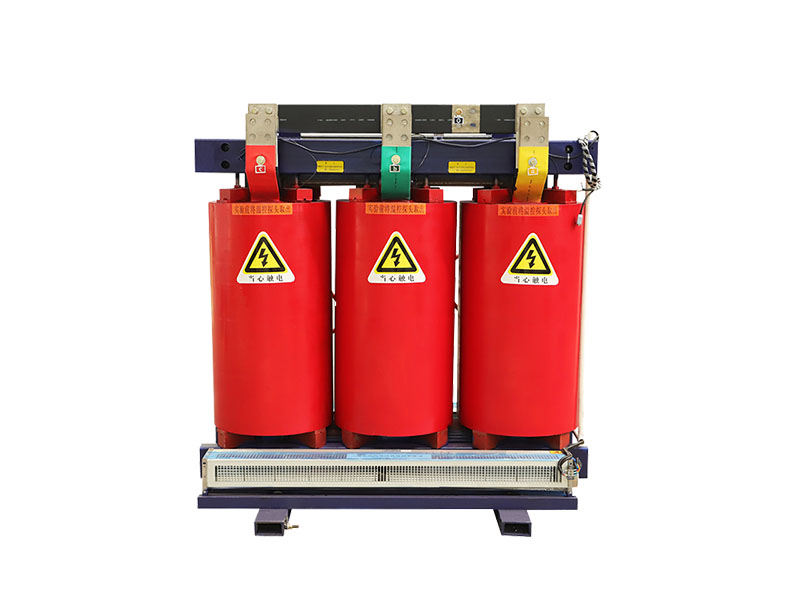Difference between Dyn11 and Yyn0
Dyn11 and Yyn0 are both vector group notations used to represent the connections of three-phase transformers. The main difference between Dyn11 and Yyn0 transformers is in the way the windings are connected and the phase shifts between the primary and secondary windings. Here are the main differences:
Dyn11 transformer:
- In a Dyn11 transformer, the primary winding is connected in a delta (Δ) configuration. The secondary winding is connected in a star (Y) configuration with the neutral grounded. And the tertiary winding (if any) is connected in a delta configuration.
- The phase shift between the primary and secondary windings is 30 degrees.
Yyn0 transformer:
- In a Yyn0 transformer, both the primary and secondary windings are connected in a star (Y) configuration, and the secondary winding is grounded to the neutral point..
- The phase shift between the primary and secondary windings is 0 degrees.

How to choose Dyn11 or Yyn0?
So how do we choose between these two wiring methods? A comparative analysis of the advantages and disadvantages of the Dyn11 or Yyn0 wiring methods is presented below.
The advantages and disadvantages of the Dyn11
In particular, the Dyn11 wiring method offers several notable advantages. Firstly, it can provide a high-quality output voltage. It's essential for ensuring the stable operation of the power system. Secondly, the neutral point remains stable with Dyn11 wiring, even when the three-phase load is unbalanced. This reduces voltage fluctuations, ensuring a more reliable power supply. Furthermore, the Dyn11 wiring method offers enhanced lightning protection capabilities. Due to the lightning current can flow in the closed loop of the high-voltage winding, thereby reducing the impact of lightning on the transformer. However, it should be noted that Dyn11 wiring does present a potential issue in terms of non-full-phase operation. This can be effectively addressed through the installation of an undervoltage protection device on the low-voltage main switch.
The advantages and disadvantages of the Yyn0
In contrast, the Yyn0 wiring method also has its own distinctive advantages in certain instances. For example, if the fuse of a single phase on the high-voltage side is blown, the voltage of that phase will be zero, while the voltages of the other two phases remain unchanged. This limits the scope of the power outage to less than one-third, which has minimal impact on the lighting load of a single-phase power supply. However, for power loads powered by three-phase power, it is typically necessary to implement phase loss protection. Measures to prevent damage to equipment due to phase loss operations. It is important to note that the zero sequence impedance of the transformer in the Yyn0 wiring mode is relatively high, which can impede the removal of low-voltage single-phase grounding short-circuit faults.
Conclusion
In conclusion, the selection of a transformer wiring method should be based on a cost-benefit analysis of specific needs and system conditions. The Dyn11 wiring method offers advantages in output voltage quality, neutral point stability, and lightning protection performance. Conversely, the Yyn0 wiring method can reduce the scope of power outages in certain fault situations. However, it should be noted that the zero sequence impedance of the transformer in the Yyn0 wiring mode is large, which may not be conducive to the removal of low-voltage single-phase grounding short-circuit faults.





